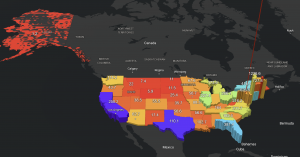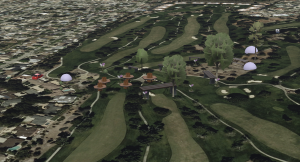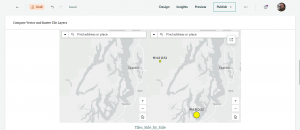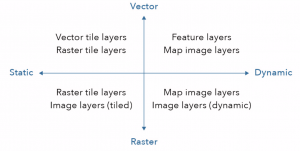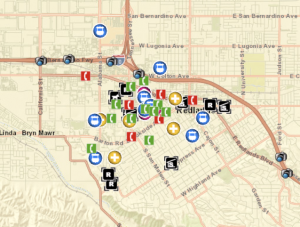Chapter 5: The main part of this chapter is all about on premises and Hybrid GIS systems. I had absolutely no idea what it meant by hybrid GIS systems but this chapter explained it in a way that was very clear. It explains it as a multitude of of deployment models, combining desktop, web, and cloud GIS and taking the best parts of each to create what is known as the Hybrid GIS. Another thing this chapter explains is raster and vector tiles, with rastor tiles being a way of sending the maps to people in segments that all can be put back together after the transport. Vector tiles on the other hand are delivers files as many grouped vector files. and are usually put into a protocolbuffer Binary Format or PBF for short. I would be interested in learned what all goes into the 4 caching techniques mentioned in the chapter.
Chapter 6: This chapter is all about the explanation of spatiotemporal data and real-time GIS. Spatiotemporal data comes from many sources those source include but are not limited to manual data, to data collected from observational sensors and generated models. Additionally, real-time happens during the duration of a period, either a point in time, or duration of time. Spatiotemporal data can be categorized into four groups, which include moving, discrete, stationary, and change. Another thing that this chapter deals with is IoT, which is described as the network of physical objects or things embedded with sensors and network connections that collect data and exchange it as well. Things like taxis, bicycles, lights, refrigerators, sprinklers, biochips, security cameras and other random and miscellaneous technological devices. Currently IoT consists of billions of sensors today and the market has reached trillions of dollars.
Potential Application: A potential application for these chapters would be to compile an entire census for Gallia County. over the span of a couple years.
